All About Coyotes
Coyotes belong to the dog family, otherwise known as the Canidae family. The Canidae family includes dogs, jackals, wolves, and coyotes, amongst other animals. Since they belong to the same family as wolves and have similar features, they can be mistaken for wolves, especially gray wolves. Scientists have differentiated coyotes from wolves based on their DNA.
The unique features of coyotes include that they are swift animals. These critters also have a heightened sense of smell, sight, and hearing. They engage in nocturnal hunting activities and howl to communicate in the dark. Coyotes also howl at the moon. They are especially clever animals. Physical features of the critters include yellow eyes, narrow elongated snouts, bushy tails, lean bodies, and thick fur.
Habitat
You can find coyotes in North America and some parts of Mexico and Central America. Over the years, they have applied their cleverness to adapt to their habitats. This is especially true because humans have encroached into their natural habitats. Natural habitats of coyotes include deserts, mountains, and plains. Coyotes are more commonly found close to areas where humans live.
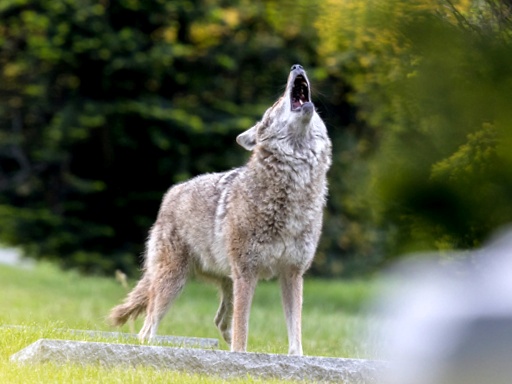
You may find coyotes in big cities such as Los Angeles and New York as they move into these areas to find food.
The fur color of coyotes differs according to their habitats, ranging from white to tan, brown, and gray. Those that live in mountainous areas have darker fur, while those that live in desert areas have lighter fur.
Size
The average size of a coyote is similar to that of a medium-sized dog. However, they are smaller than wolves. The critters weigh 20 to 50 lbs and have height-to-rump dimensions of 32 to 37 inches. The average length of their tails is 16 inches.
Diet
Coyotes have an omnivorous diet. They feed on meat as well as vegetation. They feed on small animals such as rodents, fish, and frogs. They also hunt larger animals such as deer. A coyote can also feed on snakes, insects, grass, and fruits. When they move into urban areas, they can kill pets and livestock and feed on pet food and garbage.
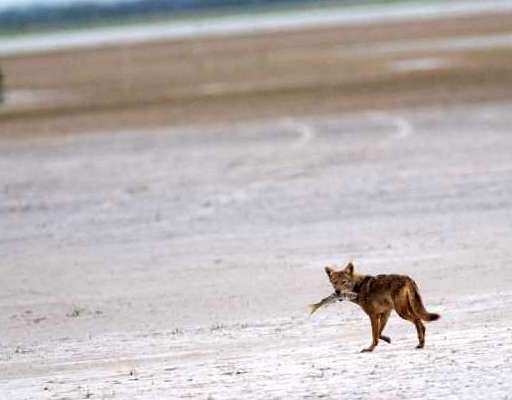
Coyotes are generally regarded as opportunistic feeders. This is because they change their diet according to the availability of food in the area.
Because of the diverse diet and ability to hunt creatures that include pets, they are regarded as very destructive pests.
Behavior
Although they can be solitary creatures that live in small family groups, coyotes form large groups when they hunt. They form packs especially when they hunt deer during winter and fall. When they hunt deer in packs, they display behavior such as taking turns to chase the prey until they wear it out. Coyotes can run up to 40 miles per hour and mostly hunt at night when they are most active. As mentioned above, they howl in the night. As territorial animals, they typically mark their territories with urine.
Breeding and Lifespan
Coyotes can live for up to 15 years. The common causes of death for them in urban areas include collision with vehicles.
From when they are 20 to 22 months old, they can begin to mate. The breeding season of coyotes is between February and March. In preparation for the breeding season, the adult female builds dens. After a gestation period of about 60 days, the female gives birth to a litter of pups. A litter can have 3 to 12 pups. The area where coyotes live determines the size of the litter. If the area is overpopulated, the size of the litter is small. If the area is underpopulated, the size of the litter is large.
The adult female usually stays with the pups until they open their eyes. The pups are usually ready to fend for themselves by the following fall. In the period immediately after the pups are born, the adult male usually seeks foods and brings it to the den. The adult male also protects the den.
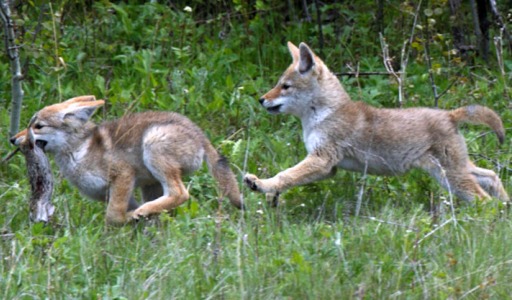
Coyotes may also breed with dogs and produce offspring known as coydogs. Coydogs are typically born during the winter and the adult male plays little role immediately after they are born. Thus, there is a very limited population of coydogs.
Coyotes are not regarded as endangered species. In some areas, their population is so large that they have become notable pests.
Select Your Animal
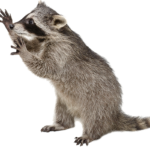
Raccoons
Raccoon Removal Information & How-To Tips
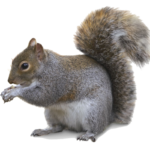
Squirrel
Squirrel Removal Information & How-To Tips
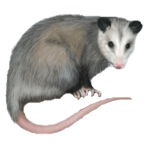
Opossum
Opossum Removal Information & How-To Tips
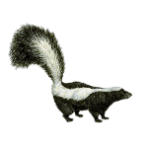
Skunks
Skunks Removal Information & How-To Tips
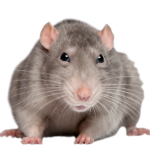
Rats
Rat Removal Information & How-To Tips

Mouse
Mouse Removal Information & How-To Tips
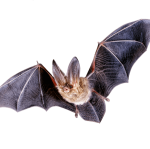
Bat
Bat Removal Information & How-To Tips
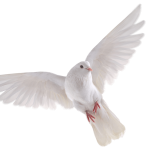
Bird
Bird Removal Information & How-To Tips
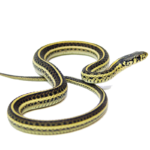
Snake
Snake Removal Information & How-To Tips
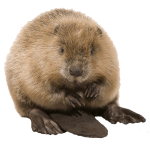
Beaver
Beaver Removal Information & How-To Tips
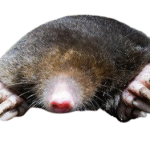
Mole
Mole Removal Information & How-To Tips
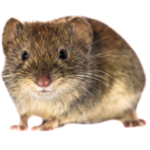
Vole
Vole Removal Information & How-To Tips
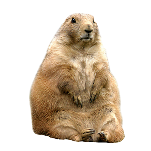
Gopher
Gopher Removal Information & How-To Tips
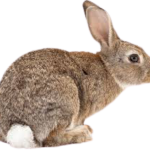
Rabbit
Rabbit Removal Information & How-To Tips
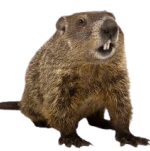
Woodchuck
Woodchuck Removal Information & How-To Tips
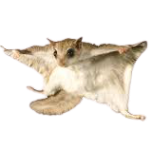
Flying Squirrel
Flying Squirrel Removal Information & How-To Tips
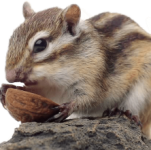
Chipmunk
Chipmunk Removal Information & How-To Tips
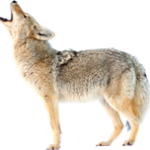
Coyote
Coyote Removal Information & How-To Tips
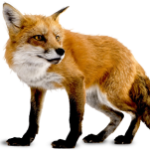
Fox
Fox Removal Information & How-To Tips
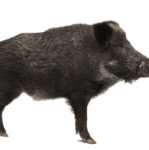
Wild Hog
Wild Hog Removal Information & How-To Tips
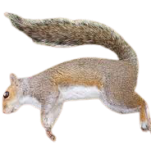
Dead Animal
Dead Animal Removal Information & How-To Tips